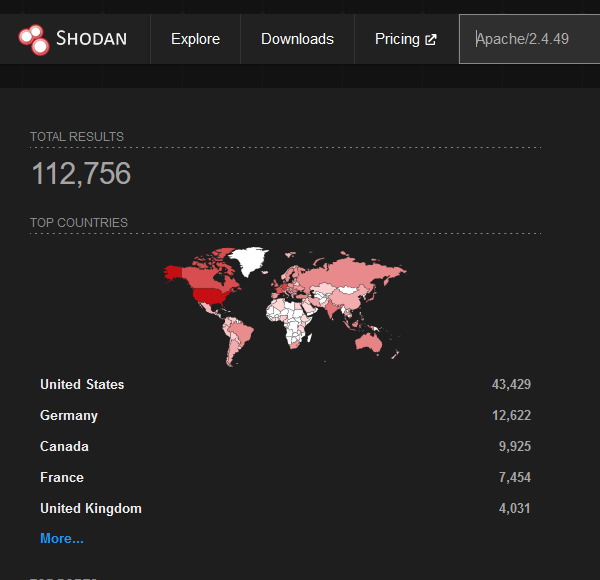 Defense
Defense
Apache Access Logs Rotation
By default, at least on Ubuntu apache2 is set to rotate logs every 14 days.
It will rotate logs held here: /var/log/apache2/*.log
Using the rotate configuration, you can specify a value: Read more “Apache Access Logs Rotation”







